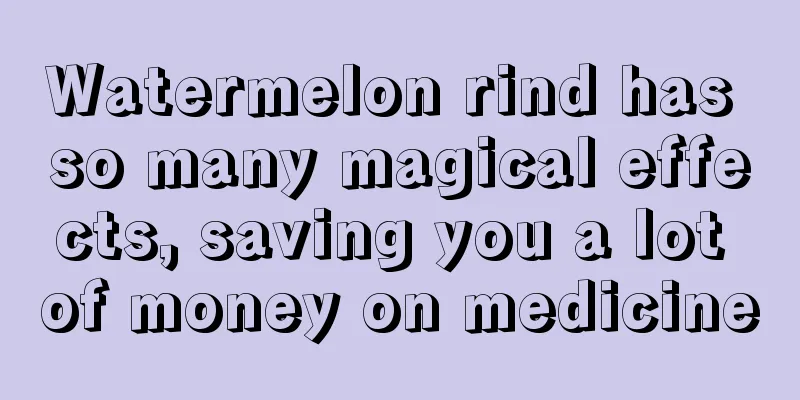Cultivation methods and precautions of Sedum concave

1. Maintenance methods1. Temperature: It is relatively cold-resistant and likes to grow in a semi-shady environment. The temperature of the soil should be kept between 20 and 23 degrees, which is conducive to the rooting of the plants. The maintenance temperature should be controlled below 30 degrees, so that the plants will grow better. 2. Watering: Before the plant grows roots, it needs to be watered more often because the growth process consumes a lot of water. Generally, it is watered every other day. After roots grow, its growth is more stable and watering needs to be properly controlled. Generally, watering once or twice a week is enough. 3. Fertilization: The consumption of nutrients is relatively high during the growing period, so fertilizer is needed every two weeks. No fertilizer is needed during the non-growing period. Fertilization is needed once before winter to ensure a safe winter. 4. Light: It cannot withstand exposure to the sun, so the lighting method should be mainly diffuse light, and the daily lighting time should not be less than six hours. During the non-growing season, the lighting time can be reduced appropriately to four hours a day. 2. Breeding techniques1. Reproduction: It can be propagated by stem cuttings. First, cut a stem segment of about ten centimeters from a healthy mother plant, remove the lower leaves, and after the incision is slightly dry, insert it into the prepared culture medium. It will generally take half a month to twenty days to take root. 2. Clean the garden: Clean its growing environment more often, which can greatly reduce the occurrence of diseases, pests and insects. 3. Problem Diagnosis1. Pests: It is more susceptible to scale insects. If found, it needs to be sprayed with fifty to one hundred times the existing emulsion. 2. Disease: If the branches and leaves turn yellow and rot, it is mostly caused by improper watering. You need to dig out the roots, clean the rotten parts of the roots, disinfect the incisions, and then replant them in the soil after drying them slightly. Place them in a cool place for maintenance. After they recover, you can cultivate them normally. IV. Other issues1. Can it be cultivated indoors? It does not have high requirements for the maintenance environment, whether it is the soil or the maintenance temperature, etc., the requirements are very low, which is more in line with the conditions for home cultivation. Therefore, it can be cultivated indoors. 2. Edibility: It cannot be eaten directly, but the whole plant can be used as medicine, for detoxification, treatment of injuries, etc. |
<<: Yew cultivation methods and precautions
>>: How to grow banana and what to pay attention to
Recommend
How to propagate cinnabar root
1. Seeding method 1. Seed selection: Select seeds...
Can ivy be grown hydroponically?
1. You can keep hydroponics If maintained properl...
How to cultivate jade
1. Maintenance methods 1. Temperature: The most s...
What to do if the fortune tree loses leaves and the leaves wither
1. What to do if leaves fall off 1. Reduce light:...
Cultivation methods and maintenance matters of old gardenia piles
How to grow gardenia into an old pile 1. Select s...
How often should I water Clivia?
Watering Clivia is a very important maintenance s...
Cultivation method and cultivation technology of Morchella
In some places, morels are also called sheep'...
What to do if Ji Qiuli grows too tall
The appearance of elongation After the growth spu...
Causes and treatments of yellow cucumber leaves
1. Too much watering 1. Reason: Cucumber is a wat...
Direct sowing method of chives
As a vegetable that can be grown either by direct...
How to transplant peony flowers
1. Transplanting time The best time to transplant...
Characteristics and functions of nitro-sulfur compound fertilizers (crops suitable for nitro-sulfur compound fertilizers)
Nitrate-sulfur based compound fertilizer refers t...
How to plant toon seeds
1. Choose the seed The seeds of this plant are re...
How to water Tillandsia
How to water Tillandsia Tillandsia needs water. A...
Is plum blossom suitable for indoor cultivation?
1. Is it suitable for indoor breeding? It is suit...









